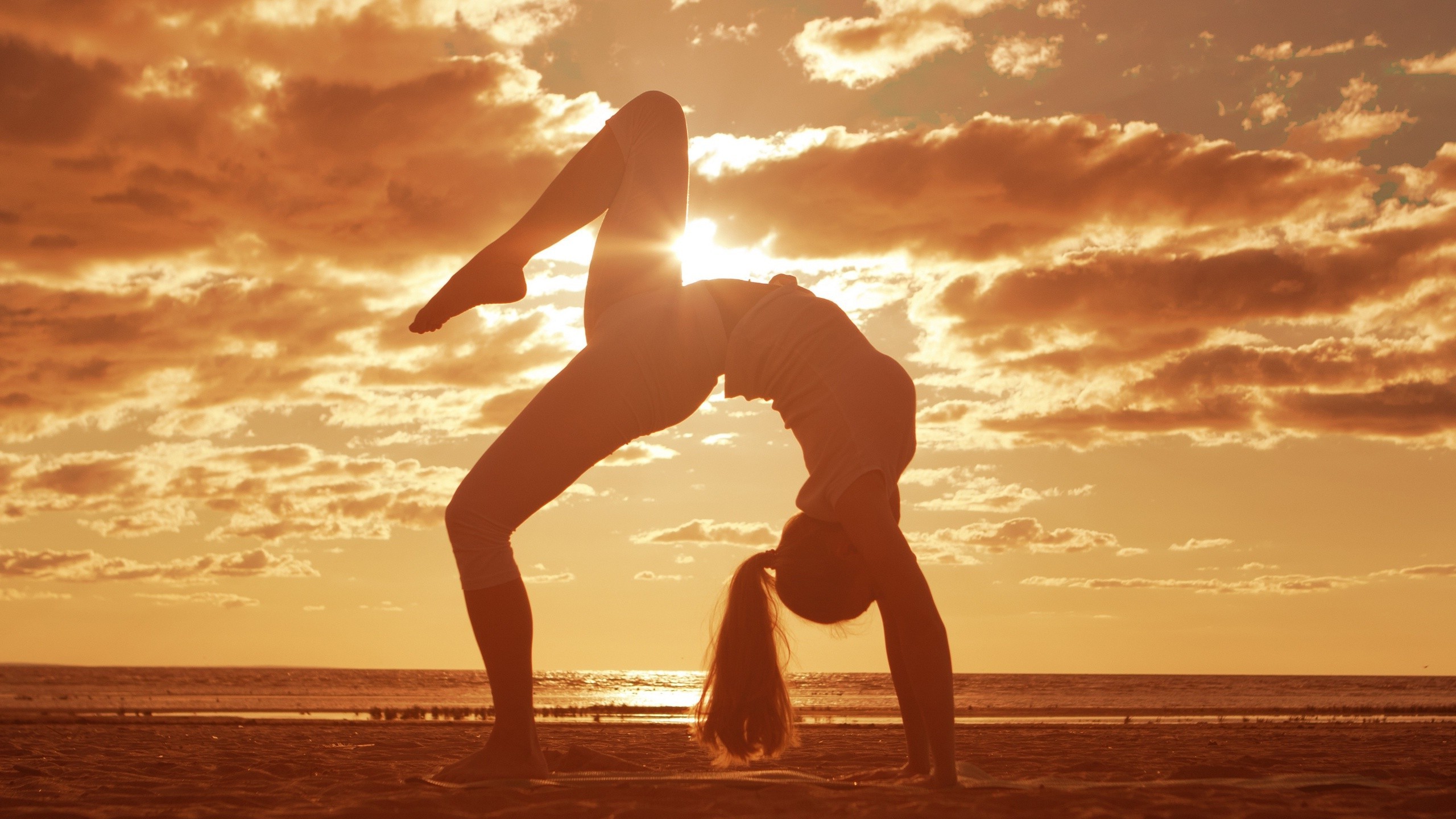"Embracing Flexibility: How Cultivating Flexibility Can Benefit Your Body and Mind"
As we age, our bodies naturally become less flexible. We may experience stiffness in our joints, decreased range of motion, and an increased risk of injury. However, with regular practice, we can cultivate flexibility and reap the many benefits it has to offer.
Flexibility refers to the ability of our joints to move through their full range of motion. By incorporating stretching exercises into our daily routine, we can improve our flexibility and enjoy a number of physical and mental benefits.
- Reduced Risk of Injury😇
When our muscles and joints are flexible, they are better able to handle sudden movements and stresses. This means that we are less likely to suffer from strains, sprains, and other injuries. Additionally, if we do experience an injury, a flexible body will often recover more quickly than a stiff one.
- Improved Posture🔅
Poor posture can cause a host of physical problems, from back pain to digestive issues. When we improve our flexibility, we can also improve our posture. A flexible spine, for example, allows us to stand up straighter and distribute our weight more evenly. This can alleviate tension in our neck, shoulders, and lower back.
- Better Balance and Coordination💧
As we age, our balance and coordination can decline. This can increase our risk of falls and other accidents. By improving our flexibility, we can also improve our balance and coordination. When our joints are able to move freely, we can more easily adjust to changes in our environment and maintain our balance.
- Reduced Stress and Anxiety
Flexibility exercises can also have a positive impact on our mental health. When we stretch our muscles, we release tension and increase blood flow. This can help to reduce stress and anxiety, and promote feelings of relaxation and well-being.
- Increased Energy💪
A flexible body requires less energy to move than a stiff one. By improving our flexibility, we can increase our energy levels and feel more alert and focused throughout the day.
Incorporating Flexibility into Your Routine
If you're interested in cultivating flexibility, there are many ways to get started. Yoga and Pilates are both excellent practices for improving flexibility, as they emphasize slow, controlled movements and deep stretching. Additionally, you can incorporate stretching exercises into your warm-up and cool-down routines for other types of exercise, such as running or weightlifting.
Remember, it's important to listen to your body and go at your own pace. Don't push yourself too hard, and always consult with your doctor before starting a new exercise routine.
By embracing flexibility and making it a regular part of your routine, you can enjoy a number of physical and mental benefits that will help you to feel stronger, healthier, and more balanced for years to come.


Comments
Post a Comment
Stay healthy live long like 100 years.